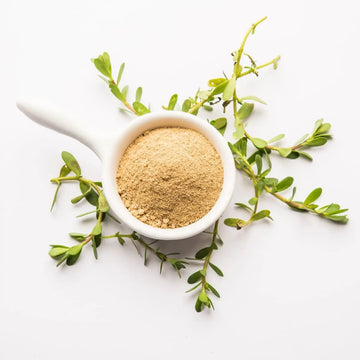Here is a breakdown of the essential oils listed by fragrance category and fragrance notes:
Fragrance Categories:
- Floral: Jasmine, Lavender, Geranium, Ylang Ylang
- Woody: Cedar (Cedarwood), Sandalwood (Sandalwood)
- Herbs: Eucalyptus, Lemongrass, Tea Tree, Basil, Rosemary, Clary Sage, Thyme
- Fruity: Sweet Orange, Bergamot, Grapefruit
- Spices: Cardamom, Cinnamon, Clove
- Earthy: Vetiver (Vetiver), Patchouli (Patchouli)
- Balsamic: Frankincense
- Men's: Camphor (Camphor)
Fragrance Notes:
- Top Notes: Eucalyptus (Eucalyptus), Lemongrass (Lemongrass), Sweet Orange (Sweet Orange), Bergamot (Bergamot), Grapefruit, Peppermint (Peppermint)
- Middle Notes: Jasmine, Lavender, Tea Tree, Basil, Cardamom, Clary Sage, Geranium, Rosemary, Thyme, Camphor, Cinnamon, Clove
- Base Notes: Cedar (Cedarwood), Sandalwood (Sandalwood), Patchouli (Patchouli), Vetiver (Vetiver), Incense (Frankincense), Ylang Ylang
It is important to note that some essential oils may fit into more than one fragrance category or fragrance note, and their classification may vary slightly depending on the source. Furthermore, the perception of scent is very subjective and may vary based on individual preference.
Proportions: the secret to the perfect mix
When creating a blend, it is crucial to maintain the correct proportions. The mid-note oil should dominate the blend, with smaller amounts of top and bottom oils. Ideal proportions might be 50% mid-note oil, 30% bottom oil, and 20% top oil.



